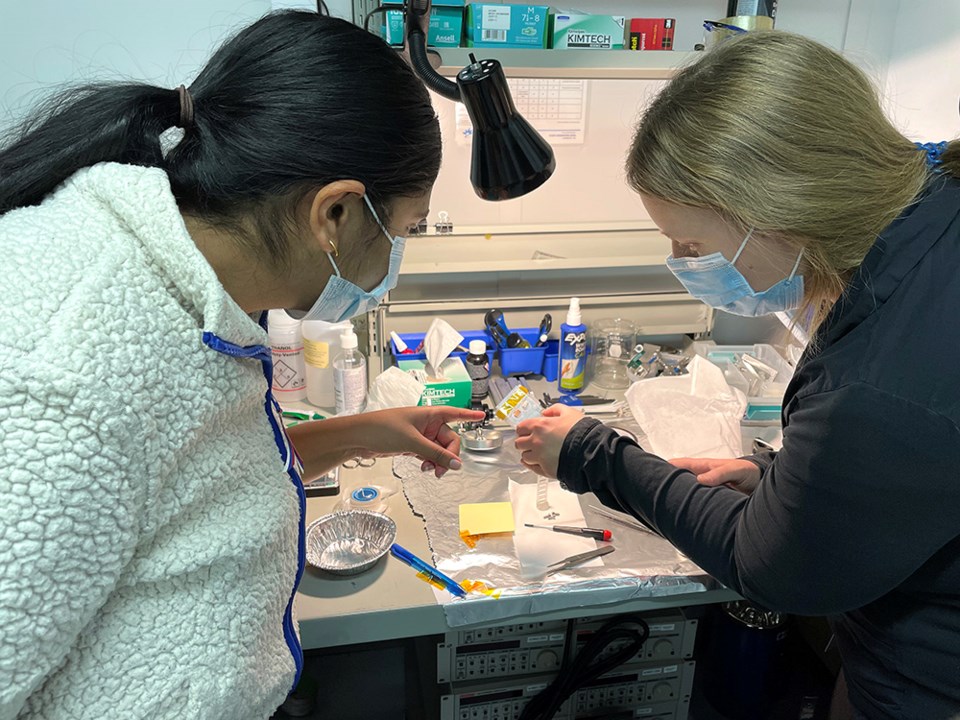SASKATOON – “I'm interested in the degradation processes of materials and how this affects our health and our environment,” said Yolanda Hedberg, assistant professor in the Department of Chemistry at Western University and Canada Research Chair in Corrosion Science.
She and her team used the beamline at the Canadian Light Source (CLS) at the University of Saskatchewan to study potentially toxic chemicals that present health concerns as medical implant materials and some types of leather degrade.
“We looked into nanoparticles that are inhaled or injected in the body, implant materials or leather that comes in contact with our skin, and how the degradation processes of those materials affect our health,” she said.
The team analyzed chromium-tanned leather at the CLS to determine what species of chromium was in their sample and if it was toxic. They hope to get a better understanding of the risks associated with these materials to better protect human health as well as the environment.
“I'm excited about this research because it helps real people. We help for example, people with chromium and nickel allergies. We are also helping to get degradation processes controlled so that toxic substances are not affecting our environment,” she added.
The Canada Research Chair Program, Wolfe-Western Fellowship and the Centre for Environmental Health funds this research.





